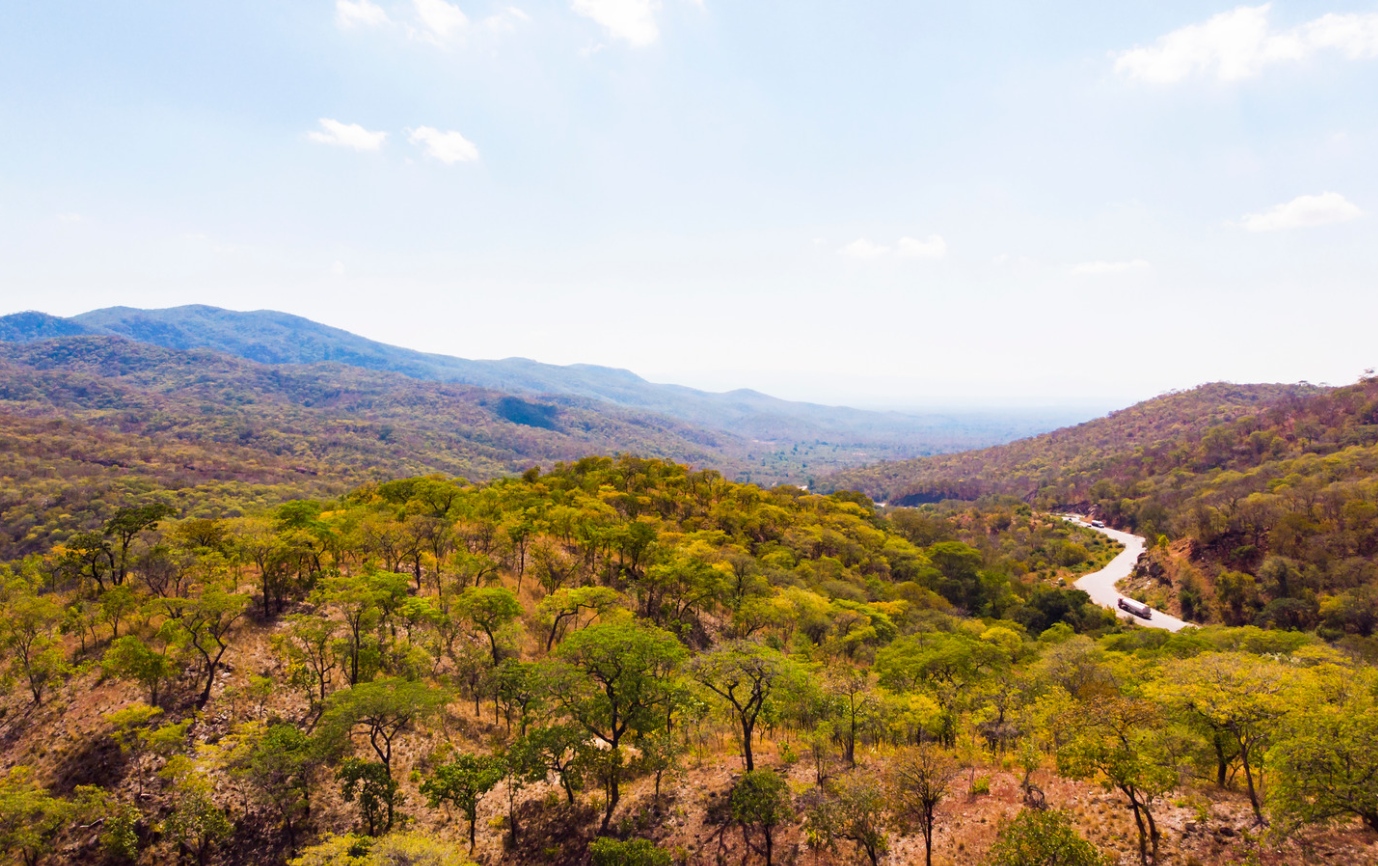
As countries progress through the phases of implementing REDD+, they must deal with the complex issue of financing their national REDD+ strategies or action plans. This requires coordination across sectors and government agencies, as well as different sources and types of funding, including public and private, bilateral and multilateral, national and international.
A national REDD+ funding mechanism is a fund coordination and distribution platform that provides for substantially scaled-up international support for the implementation of national REDD+ strategies and action plans. National REDD+ funding mechanisms can provide an investment framework to ensure the coherence and efficiency of policies and measures to address the drivers of deforestation. REDD+ funding mechanisms also provide a coordination structure so that donors or contributors can commit resources to the fund or use their own resources, through bilateral or other channels, to provide financial support outside the fund via parallel financing.
UN-REDD technical assistance, as it relates to national REDD+ funding mechanisms, focuses on helping countries to create structures that meet the requirements of various sources of international funding while fitting into the overall national climate finance landscape. This allows countries to effectively coordinate the implementation of REDD+ through various funding streams. The recently published UN-REDD Infobrief on National Funding Mechanisms for REDD+: Lessons Learned and Success Factors unpacks the different approaches taken by countries to coordinate and distribute climate finance for REDD+, the lessons learned and success factors that have been identified over time.
Lessons learned to inform the design and establishment of an effective national REDD+ funding mechanism include the need to ensure alignment between donor requirements and REDD+ country priorities or needs. For example, some donors require the creation of sinking funds, whereby all the money that is contributed gets spent, while many developing countries prefer revolving funds, which provide more financial sustainability. Another important donor requirement is that appropriate social and environmental safeguards be in place before the donors can make contributions. This often requires aspiring fund management institutions develop environmental and social standards that go above and beyond national laws and regulations, a process that requires significant investments of time and expertise. Further, the lack of coordination between donors, with respect to their requirements, allows little flexibility for countries to consolidate funding sources and instruments. This significantly increases the transaction costs associated with administering REDD+ financing. Finally, a key element that is often overlooked is the fact that decision-making power on REDD+ implementation tends to be concentrated in the financing structures for REDD+ and therefore, deciding on a given fund management architecture can be challenging for countries as internal actors compete for political power.
Accordingly, one of the key success factors for the creation of a dedicated national REDD+ funding mechanism has been the full participation and commitment of key decision makers in the institutions involved. Another important factor has been the pressure exerted by international contributors to create such funding mechanisms. Indeed, donors, such as Norway's International Climate and Forest Initiative and Germany’s KfW have often made the creation of robust fund management structures a prerequisite for providing REDD+ upfront finance or REDD+ Results-based Payments. More recently, public-private initiatives interested in jump starting voluntary carbon markets have also implemented requirements that incentivize countries to adopt robust fund management arrangements. For example, to access funds via the LEAF Coalition, countries and jurisdictions will need to work with financial intermediaries, which will act as direct-access entities, selected from a list of entities accredited under GCF and the Global Environment Facility.
The fact that GCF allows for the accreditation of national direct-access entities opens the door to the creation of national REDD+ funding mechanisms, using the existing capacities and competencies of the administration to fund activities selected by a decision-making body. If such requirements become the benchmark for countries to access REDD+ Results-based Payments, work on national REDD+ funding mechanisms will gain momentum.
A consolidated approach, as opposed to a multiplicity of financing mechanisms for each separate bilateral or global initiative, appears to be a promising way forward. This approach is taking hold in key REDD+ countries such as Brazil, the Democratic Republic of the Congo and Indonesia and is further reinforced by the convergence of donors and voluntary carbon market requirements around the standards and requirements of the GCF. This offers the opportunity for national entities managing REDD+ funding mechanisms to receive accreditation with GCF and gain direct access to international resources. However, this approach faces significant hurdles in light of the magnitude of changes required in some countries to create a single national REDD+ fund and the current lack of significant and predictable international financing for REDD+.

